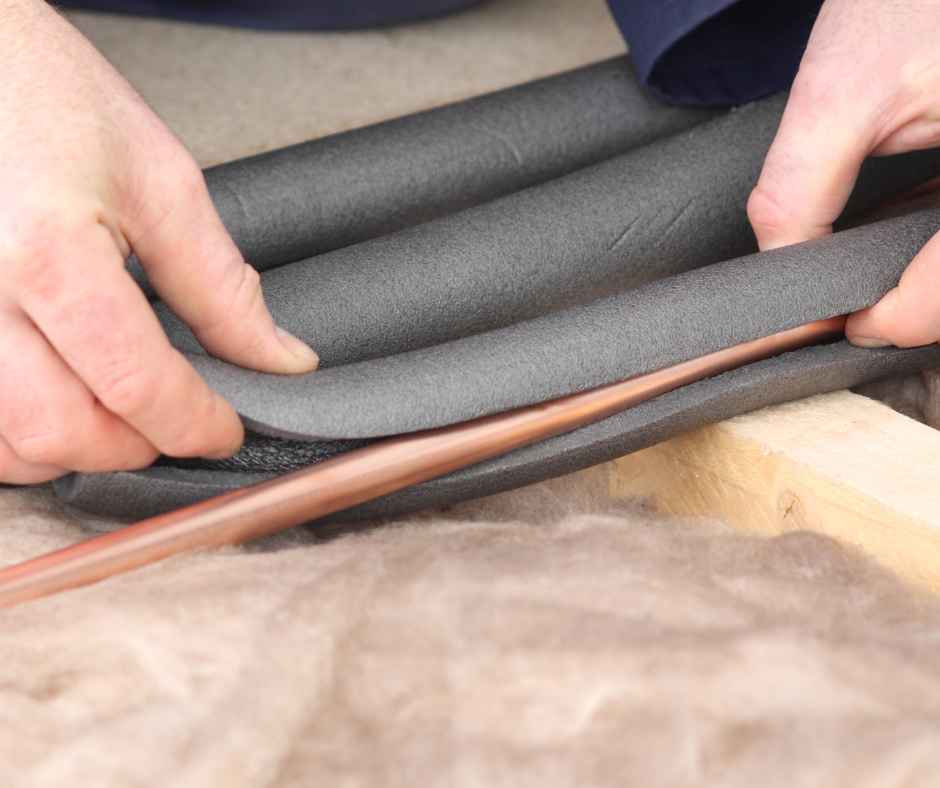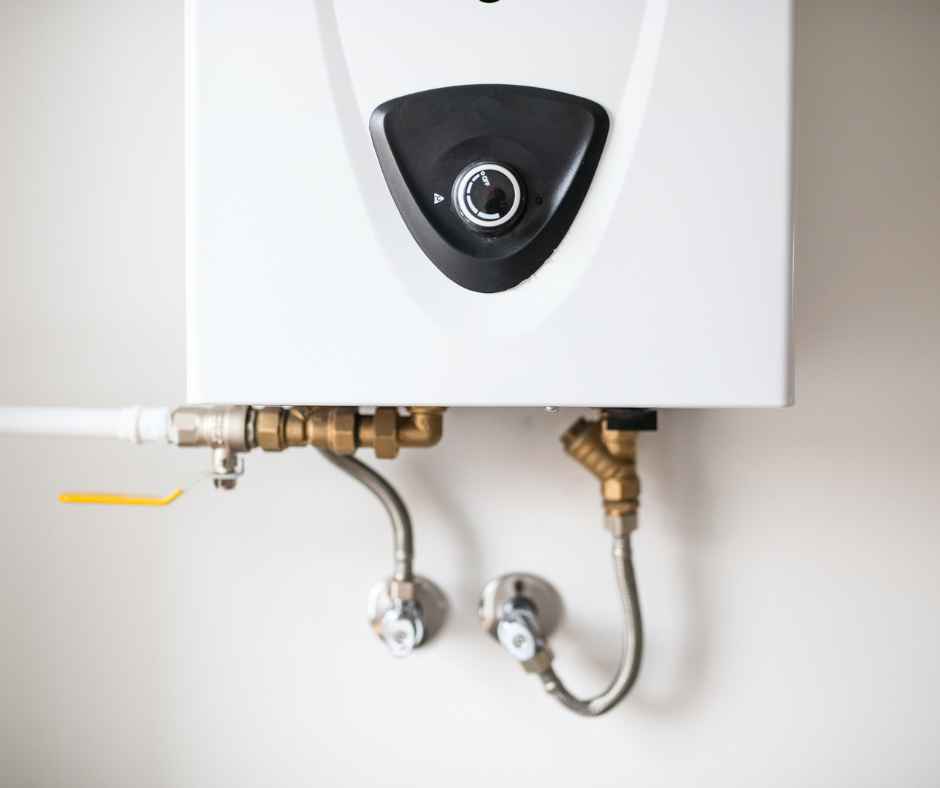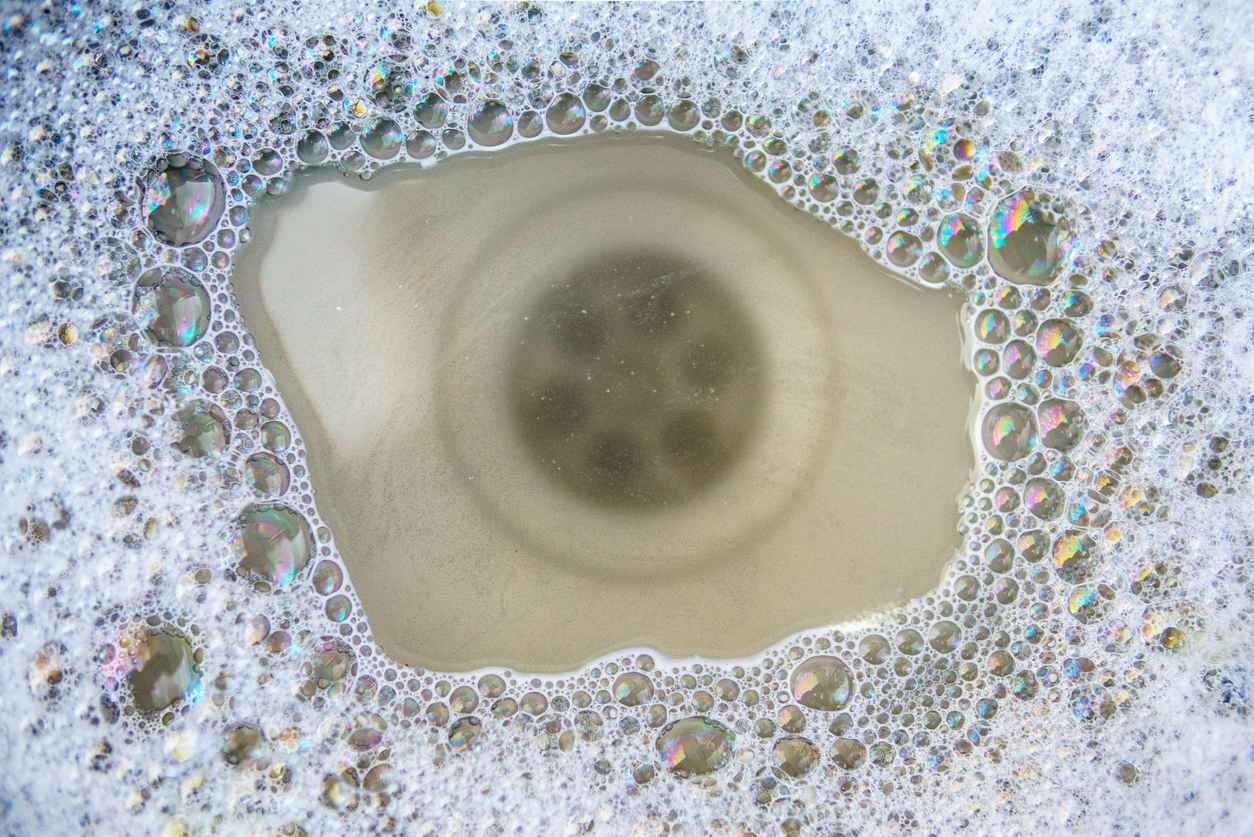When water freezes inside pipes, it’s like a pressure cooker waiting to burst. Frozen pipes can cause cracks or even full-blown ruptures in the plumbing. Once things thaw, water gushes out, leading to a potential flood. Not only that, but the damage could mean expensive repairs, ruined furniture, and even health risks from mold growth.
As trusted advisors in plumbing, we at Jolly Plumbing, Drains, Heating, and Air understand the critical nature of addressing frozen pipes, particularly in regions like Cincinnati and Northern Kentucky. We’re here to equip you with the knowledge you need to prepare in case your frozen pipes burst.
What Happens When Pipes Freeze?
To start off, we need to address the age-old question, do frozen pipes always burst?
Contrary to common belief, not all frozen pipes burst. However, when water freezes, it expands and exerts pressure on the pipes, increasing the chances of bursting. The pressure build-up due to ice formation can cause pipes to crack or burst, leading to leaks upon thawing.
Recognizing the Signs of Frozen Pipes
To prevent potential bursts, make sure you recognize the signs of frozen pipes. These include:
- Reduced Water Flow: One of the primary signs of frozen pipes is a noticeable decrease in water pressure or flow from faucets or showerheads. This issue could be due to ice blocking the pipe’s passage.
- Frost on Exposed Pipes: Visible frost on pipes, especially in unheated or poorly insulated areas like basements, crawl spaces, or attics, indicates the possibility of frozen pipes.
- Strange Odors: Unusual smells emanating from taps or drains could suggest a blockage caused by freezing, causing water to back up and create a foul odor.
- Bulging or Swollen Pipes: Pipes that appear bulged or swollen might indicate ice formation inside the pipe, causing it to expand.
- Unusual Sounds: If you hear strange noises when turning on faucets or flushing toilets, such as banging or clanking, it could also signal frozen pipes.
To minimize the risk of freezing, these are the steps you can take:
- Insulate Pipes: Ensure proper insulation for exposed pipes in unheated areas, using insulation sleeves, foam, or heat tape to prevent them from freezing.
- Maintain Heat: Keep indoor temperatures consistent, especially in areas where your plumbing is present.
- Allow Faucets to Drip: Letting faucets drip slightly can prevent water from freezing by keeping a continuous flow, relieving pressure in the pipes.
- Seal Cracks and Openings: Seal gaps or openings where cold air might enter the building, including around doors, windows, and vents.
- Disconnect Garden Hoses: Before the onset of freezing temperatures, disconnect and drain outdoor hoses and shut off the water supply to outdoor faucets.
- Drain Irrigation Systems: If you have an irrigation system, ensure it’s drained properly before winter to avoid water freezing in the pipes.
- Heating Solutions: Consider using space heaters or heat lamps in areas that are prone to freezing to provide additional warmth to vulnerable pipes.
- Regular Maintenance: Schedule routine inspections with professionals like Jolly to assess the condition of your plumbing system and address any vulnerabilities before they become major issues.
For detailed preventive measures and solutions tailored to your specific needs, feel free to explore our services at Jolly.
The Thawing Process and Risks
Depending on the extent of the freeze and the condition of the pipes, sometimes your pipes can thaw without bursting. First, determine the location of the frozen pipe by checking for areas with reduced water flow or visible frost. Then, use gentle heat to thaw the frozen pipe gradually. Some safe methods you can try are the following:
- Hairdryer: Direct the warm airflow along the length of the frozen section. Start from the area nearest to the faucet and move toward the blockage, ensuring continuous movement to prevent overheating.
- Hot Towels or Rags: Wrap hot towels or rags around the frozen pipe. Soak the towels in hot water and wrap them along the affected section, repeating until the ice thaws.
- Heat Lamp or Space Heater: Position a heat lamp or space heater near the frozen pipe, keeping it a safe distance away to avoid fire hazards. If you choose this method, be sure to monitor the thawing process closely.
Important Reminders When Thawing
When you thaw, be sure to heed these guidelines:
- Avoid Open Flames: Refrain from using open flames, such as blow torches or propane heaters, to thaw pipes. These methods pose fire hazards and can damage the pipes or nearby materials.
- Apply Heat Safely: Always follow safety precautions when using heat sources near pipes. Do not leave heat sources unattended, and keep flammable materials away from heating devices.
When Thawing Goes Wrong
Despite these precautions, frozen pipes may crack or burst during the thawing process. Signs of a burst pipe include:
- Discoloration: If the water suddenly looks rusty or murky, it could hint at a burst pipe.
- Unusual Noises: If you hear unusual noises like banging or clanking, it might signal an internal problem within your plumbing system.
If you suspect a burst pipe, immediately shut off the main water supply and contact professionals like Jolly for urgent assistance. We have the expertise and tools to handle the situation safely and effectively.
Preventive Measures and Solutions by Jolly Plumbing
At Jolly Plumbing, we offer a range of preventive measures and solutions to safeguard your pipes from freezing and to address any issues promptly. Our services include insulation, pipe repairs, and maintenance tailored to the Cincinnati and Northern Kentucky climates. Contact us at Jolly Plumbing to benefit from our local expertise.
Final Thoughts
Do frozen pipes always burst? While they often do, understanding the risks associated with frozen pipes and taking preventive measures is crucial in avoiding potential bursts and property damage. Don’t hesitate to reach out to us at Jolly for expert assistance. We’re committed to ensuring your plumbing system remains in optimal condition, especially during challenging weather conditions.
By taking these proactive measures, you can save yourself from the headache and costs of dealing with burst pipes. Trust us as your reliable partners in plumbing solutions.
